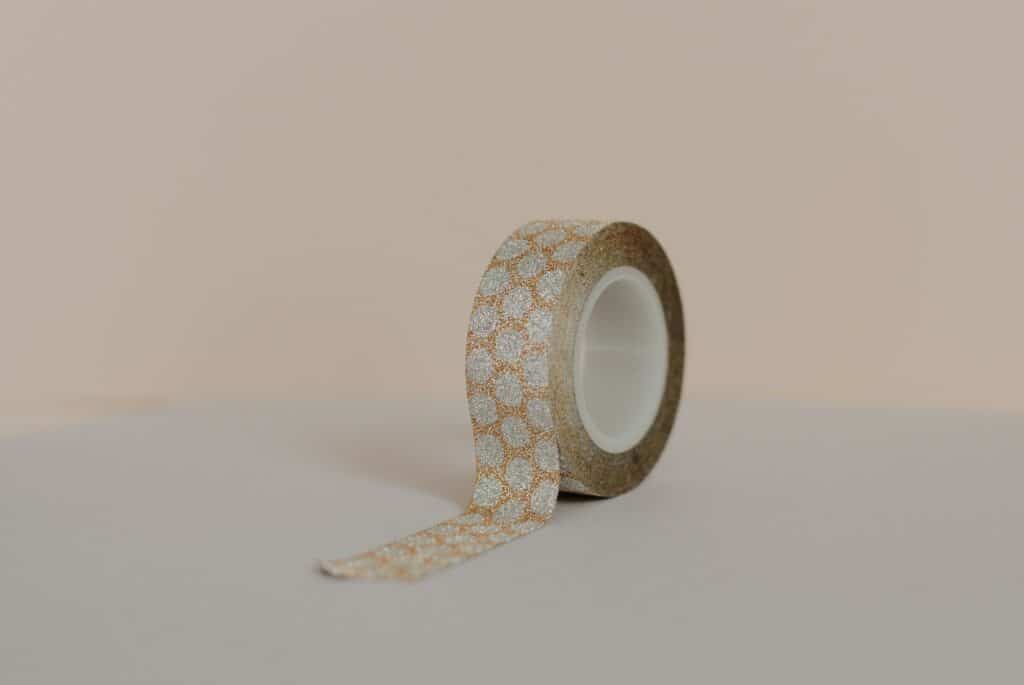Sir Sidney McSprocket’s been in action capturing facts – all about manufacturing!
Today he’s finding out all about sticky tape!
First off, tiny pellets of a substance called cellulose acetate are melted in large vats – these will make the clear
The melted plastic is spread over wide conveyor belts and dried to form a very thin, clear plastic sheet which is wound onto giant rolls.
An adhesive – that’s the gluey sticky bit – is prepared.

Different types of tape use different adhesives – some are strong, some are the sort you can reposition.
The clear plastic sheets are rolled over the adhesive, picking up the sticky stuff as they go.
Sometimes they’ll be treated with another chemical first, to help the glue attach evenly. The glue dries quickly, but sometimes ovens are used to speed up the process. The sheets are then wound on to new rolls!
It’s then just a matter of cutting the large rolls into smaller ones, ready for the packaging.

Quality control is a very important part of any manufacturing process.
Out of each batch of tape made, a roll will be tested. One of these tests might include rolling a ball bearing down a slope onto the sticky side of the tape. If the tape has been correctly manufactured, the ball will get stuck.
If not, the tape’s not up to the job and the whole roll will be binned!
Sidney McSprocket is Fun Kids’ resident inventor!
When he’s not in Edinburgh, tinkering with wacky contraptions in his workshop, he’s finding out all about manufacturing!
In the latest series, Sidney is finding out about a whole load of everyday objects from tin cans and toothbrushes to plastic bottles and Pyrex…




 Apple Podcasts
Apple Podcasts Google Podcasts
Google Podcasts Player FM
Player FM Pocket Casts
Pocket Casts